Augmented Reality and Virtual Reality offer new ways for designers to interact with projects, changing the marketability of architects & the way they design
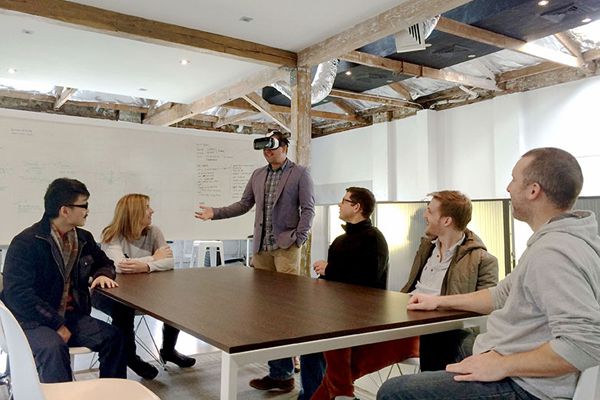
June 4th, 2015
With the face of design and architecture changing so quickly in the modern day, the need for effective visual communication in design is more important than ever. Visual communication has always been deeply rooted in technology, and the adoption of new technologies is becoming imperative for designers going forward.
Jodi Watson, managing director of Sydney based Augmented and Virtual Reality company Auggd, says that incorporating these technologies will be vital to the future success and competitiveness of the industry.
“It will be paramount in the next two to three years that architects embrace it,” Watson says “It’s too far down the track to be considered a fly-by-night technology. It’s here, and there’s no doubt now about the future of AR and VR.”
As for the difference between the two tools, Augmented Reality involves layering digital information over site-specific, interactive views, through app sor digital devices, while Virtual Reality is a fully immersive and changeable digital experience, often viewed through a headset.
The technology is being used in the industry right now, with ThomsonAdsett Group Director of Design and Education & Communities, Graham Legerton, being a firm believer and user of AR for nearly two years now.
“It’s been very useful for us in pitching for projects, communicating schematic design concepts and the continuing evolution of a design in a virtual sense,” he says.
Whilst these new technologies are best used in collaborations with other mediums, Watson explains that they will still “completely disrupt the design process, which will benefit architects, because they are able to have that additional level of experience as they’re designing.”
“It will never replace the underlying nature of architecture and the need to design using desktops and plans. It’s just complementary – it’s the next step.”
Auggd
auggd.com
INDESIGN is on instagram
Follow @indesignlive
A searchable and comprehensive guide for specifying leading products and their suppliers
Keep up to date with the latest and greatest from our industry BFF's!
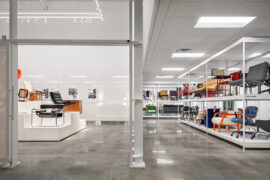
The undeniable thread connecting Herman Miller and Knoll’s design legacies across the decades now finds its profound physical embodiment at MillerKnoll’s new Design Yard Archives.
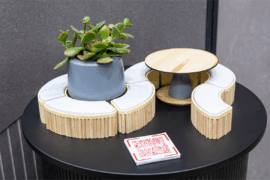
From the spark of an idea on the page to the launch of new pieces in a showroom is a journey every aspiring industrial and furnishing designer imagines making.
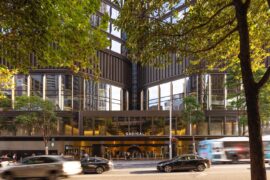
Rising above the new Sydney Metro Gadigal Station on Pitt Street, Investa’s Parkline Place is redefining the office property aesthetic.

For Aidan Mawhinney, the secret ingredient to Living Edge’s success “comes down to people, product and place.” As the brand celebrates a significant 25-year milestone, it’s that commitment to authentic, sustainable design – and the people behind it all – that continues to anchor its legacy.

Davenport Campbell’s Neill Johanson shares insights from WORKTECH25 and the impact of AI on the workplace experience.

With a concept that is at once strikingly new and yet familiar, Lifesize Plans offers a different angle on design. Whether it’s in the process or finished product, projecting plans at real-life scale for people to walk through is an idea with potentially far-reaching consequences.

Paving the way for the post-pandemic office is Wilkhahn. With their new study, ‘Human Centered Workplace,’ the global company provides powerful insights on the new era of work through a range of products designed to encourage growth and productivity in the evolving workplace.
The internet never sleeps! Here's the stuff you might have missed

‘The Mandate Mirage: 2025 Workplace Futures Survey’ is a new report by international design practice Hassell, revealing that the real drawcard for attracting employees to the office in-person is choice.
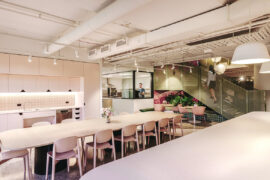
Gray Puksand’s adaptive reuse of former Melbourne office into Hester Hornbrook Academy’s new City Campus shows how architecture can support wellbeing, connection and community.